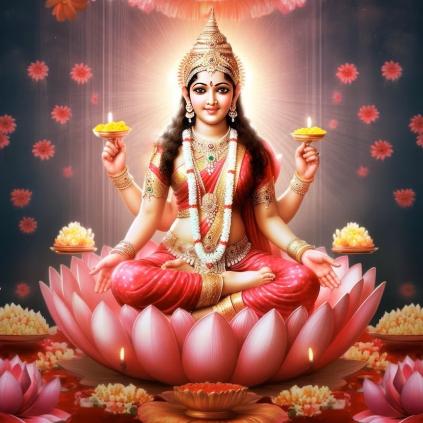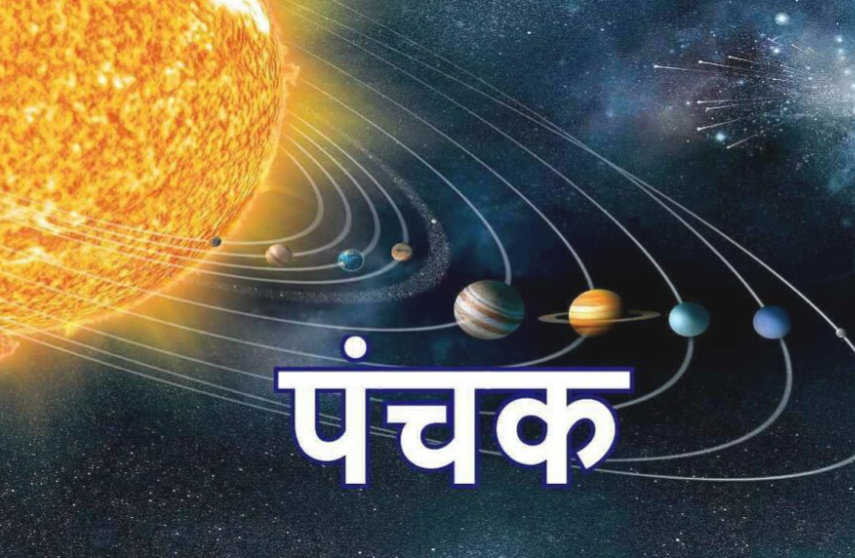4 Essentials for Maa Durga Idols, Including the Soil from Brothel’s Courtyard!

The holy festivals of Durga Puja and Navratri are celebrated with great enthusiasm across the country, be it North, East, South or West. In West Bengal and Eastern Indian states the five-day festival of Durga Puja is a great affair for all, be it for a spiritual purpose, dharmic purpose or festive purpose. You will find huge pandals made as Maa Durga’s abode for 5 days which becomes a main attraction for devotees of Goddess Durga. Therefore this festival is also called Durgosatva. This year Navratri started on 15 October 2023 and the 5-day Durga Puja will commence on 20 October 2023, on the Shasthi (6th day of Navratra).
One of the main affairs of Durga Pujo is idol-making, the process of which starts from the Ratha Yatra day. However, the exact day may differ depending on regional rituals and traditions, but nowhere does idol-making start before Rath Yatra. In this most commercialised world, we see various types of Maa Durga idols. However, the idol that is worshipped requires four essential things to make it ready for puja, otherwise, the Durga Murti is considered incomplete.
So, what are those four essential things for the idol-making of Maa Durga?
Four Things That Are Essential for the Idol of Maa Durga
Construction work on the idol starts several months before the Durga Puja starts. Many puja pandals are made across the country and a grand idol of Maa Durga is installed inside the pandal, which becomes the abode of Maa Durga for five days. However, the idol preparation requires 4 essential materials. The one that will surprise you most is the use of clay (soil) from ‘Nishiddho Pallis’ (the courtyard of brothels). Not only this, if soil from ‘Nishiddho Pallis’ is not used while making the idol of Maa Durga, then the idol is not considered complete.
Many materials are needed to make the idol of Maa Durga, but the four things that are considered essential are – the soil of Ganga, cow urine, cow dung and the soil from the courtyard of a brothel. This tradition has been followed for centuries. But what is the story behind the use of soil from the courtyard of prostitutes in the making of Maa Durga idols?
Why is Soil From Brothel’s Courtyard Used for Durga Idols?
There are many stories associated with the idol-making of Maa Durga from the soil of a brothel. According to a legend, once some prostitutes went to bathe in the Ganga. A leprosy patient was sitting on the ghat and asking people passing by to take him for a bath in Ganga. But nobody listened to his plea. Then, the prostitutes saw him and took him for a bath in the Ganges. That patient was none other than Bhagwan Shiva. He was so pleased with the prostitutes that he asked them to ask for a boon. Then the prostitutes told Shiv ji to bless them with a boon that without the soil from their courtyard, no Durga idol could be made. Lord Shiva immediately gave this boon to the prostitutes and since then this tradition has been in practice while making a Maa Durga idol.
Since then the priests have visited the courtyards of brothels and begged for the soil from the sex workers and the same soil was being used in the idols of Maa Durga for Durga Puja. However, these days, the idol makers collect the soil from the brothels. There is a tradition that the soil should be begged from the sex workers and then she will hand it over to the person who visits them to collect the soil. One cannot steal the soil or take it from just anywhere.
According to another belief, when a person goes to a brothel, he leaves his morality and purity at its door before going. The reason soil of their courtyard is believed to be very sacred (punya mati) and hence soil from the courtyards of sex workers is used to make the idol of Maa Durga.
There is another belief, said to be mentioned in the ancient texts that nine classes of women known as Navkanyas should be worshipped during the Durga puja. And all of them must be revered during the Puja. Some of these classes are – nati (dancer/actress), a vaishya (prostitute), rajaki (laundry girl), a Brahmani (Brahmin girl), a shudra, a gopala (milkmaid): six of the known Navakańyās. According to Sanatan Hindu belief, the worship of Maa Durga is incomplete without offering respect to these 9 classes of women. This festival dedicated to Devi Param Shakti is also the worship of feminine power.
To get more insights into the customs and traditions of Durga Puja, you can talk to our astrologers here.









